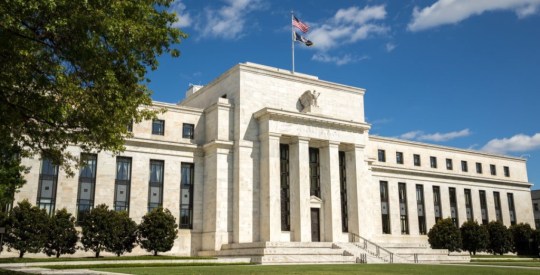Hard caps on commercial real estate lending may be steering banks from profitable deals, necessitating a need to revisit the regulatory environment, Federal Reserve Gov. Elizabeth Duke said Friday.
Speaking to the California Bankers Association, Duke acknowledged CRE lending is risky, given all the recent bank failures weighed down by construction and land development deals. She said a more balanced regulatory regime could ensure oversight while allowing growth to continue.
The issues raised by banks stem from supervisory guidelines released in 2006, which require additional monitoring of CRE loans secured by construction and land activities once they reach 100% of capital, Duke said. The threshold climbs to 300% of capital for loans secured by non-owner occupied CRE.
“Although these thresholds were never intended to be hard caps, we hear from banks that they are now widely regarded as such,” Duke said. “Many bankers have told me that they manage their loan portfolios to stay below these thresholds and forgo growth in these loan categories, even when promising, creditworthy lending prospects are available.”
Duke said revisiting those caps following the sweeping financial reforms of the Dodd-Frank Act could prove helpful as banks search for areas of growth.
“Losses on loans secured by existing non-owner occupied commercial real estate have been much more modest, suggesting that banks’ efforts to maintain concentration ratios below 300% of capital may constrain lending for some creditworthy borrowers,” Duke said in prepared statements.
With banks fearing tighter caps on land and construction deals, more institutions are increasing lending in the commercial and industrial segment to make up for deals that they are foregoing. The problem, Duke says, is banks have less experience with these types of loans and generally experience higher loss rates on them when compared to secured lending.
She sees the resolution as one where the Fed keeps controls in place, while searching for balance.
“For my part, I believe we should retain and perhaps strengthen the 100% of capital guideline on construction lending and consider dropping or modifying the 300% guideline for non-owner occupied CRE loans,” Duke said. “Analysis undertaken by Federal Reserve staff suggests that retaining only the 100% guideline on construction loans would still be adequate to identify the banks at greatest risk.”
Fed Gov. Sarah Bloom Raskin recently called for a new housing regulatory structure, and said the central bank will fine 14 servicers for misconduct.
Write to Kerri Panchuk.



